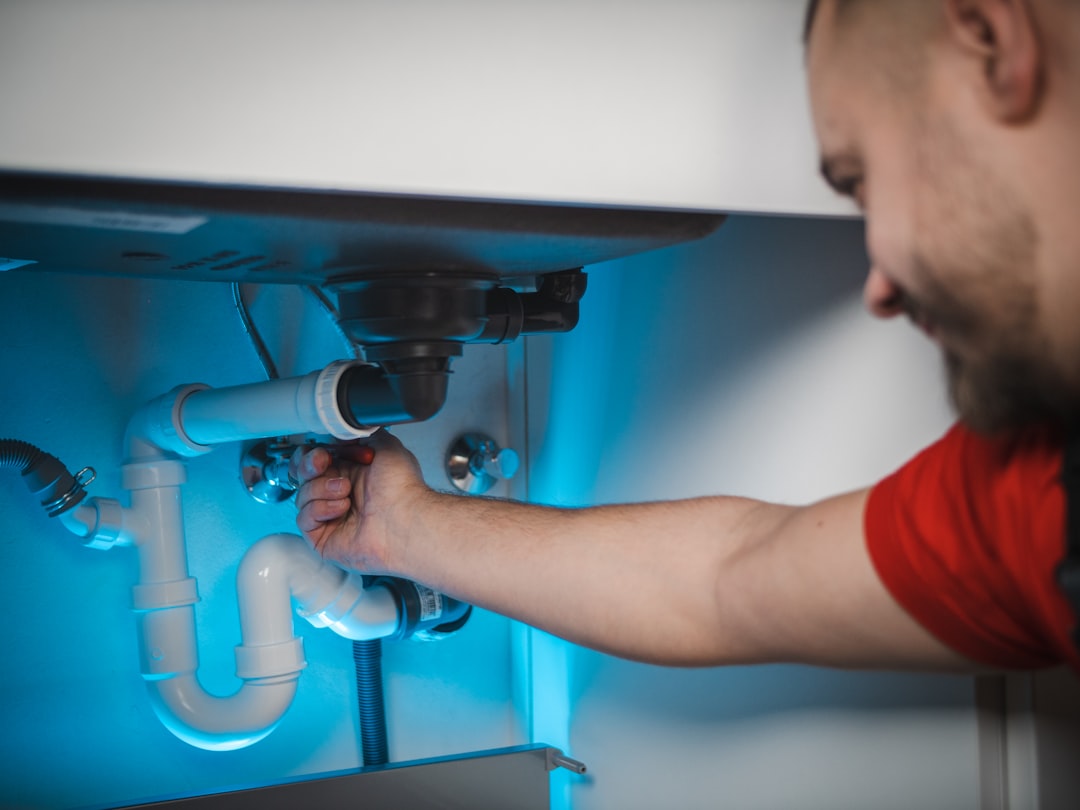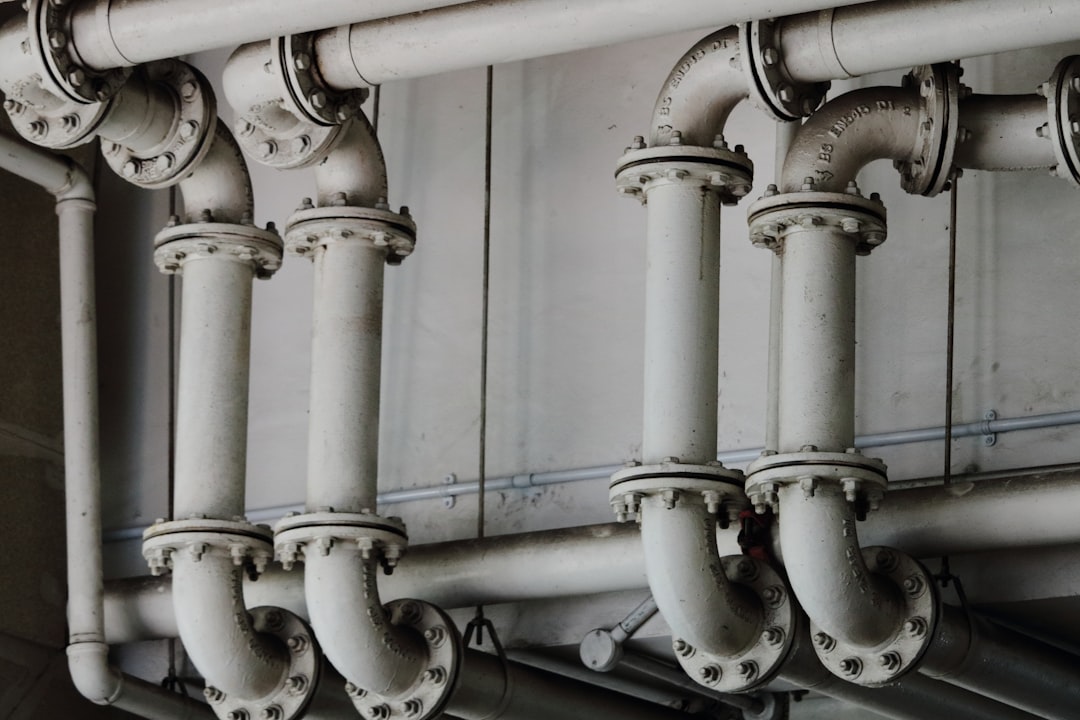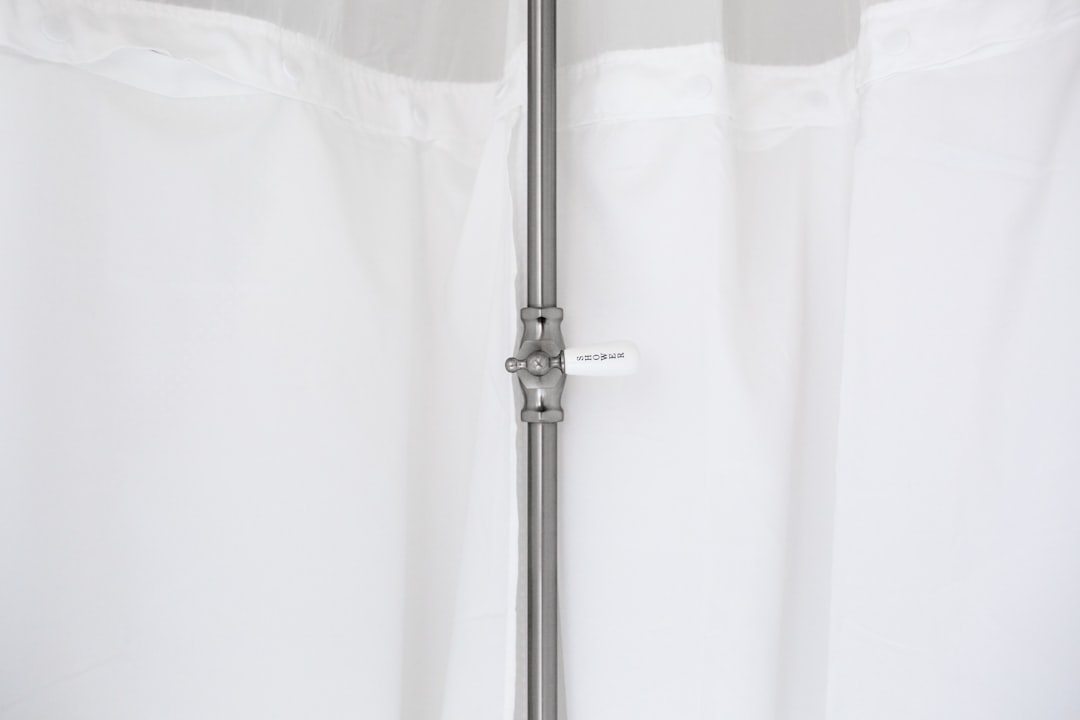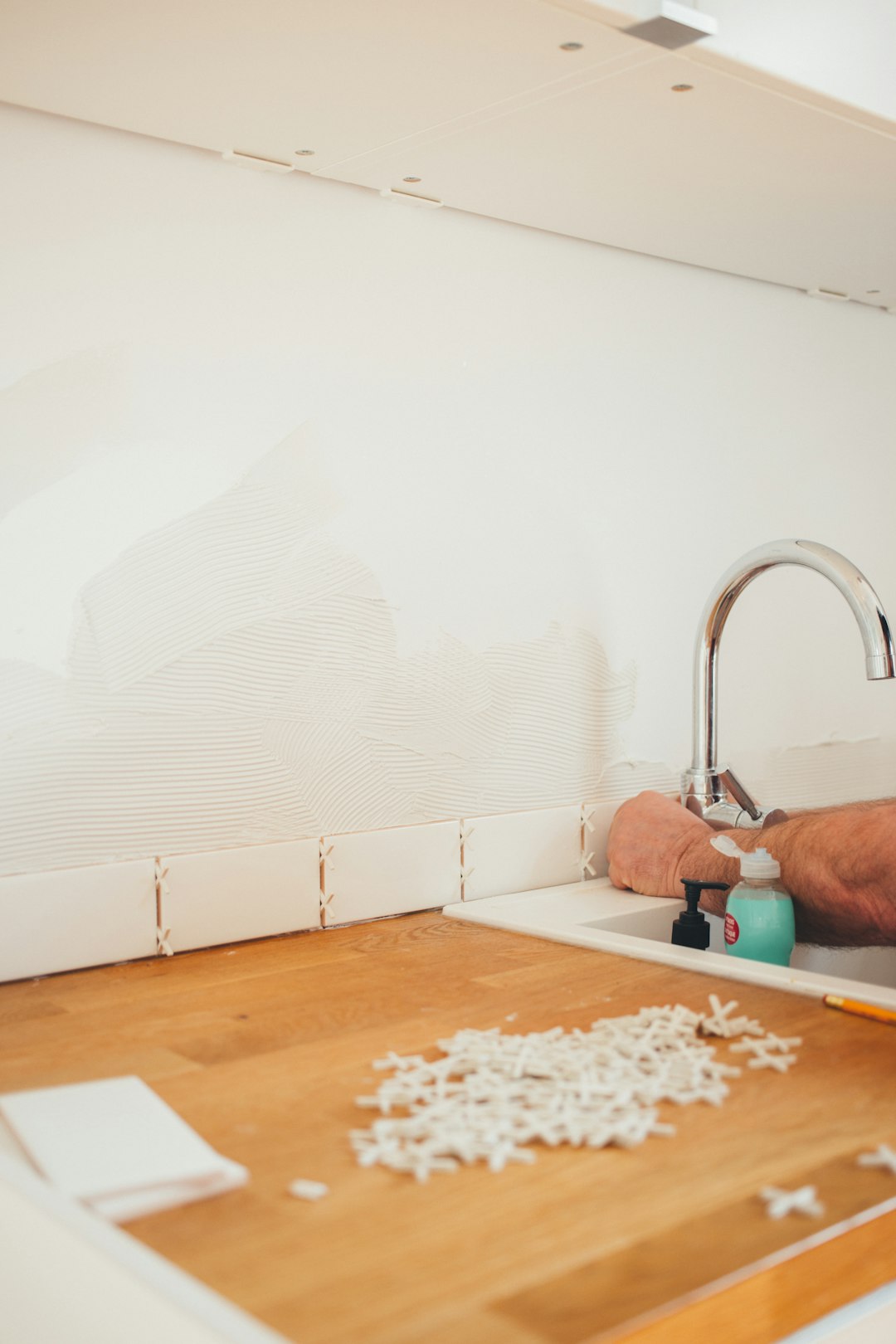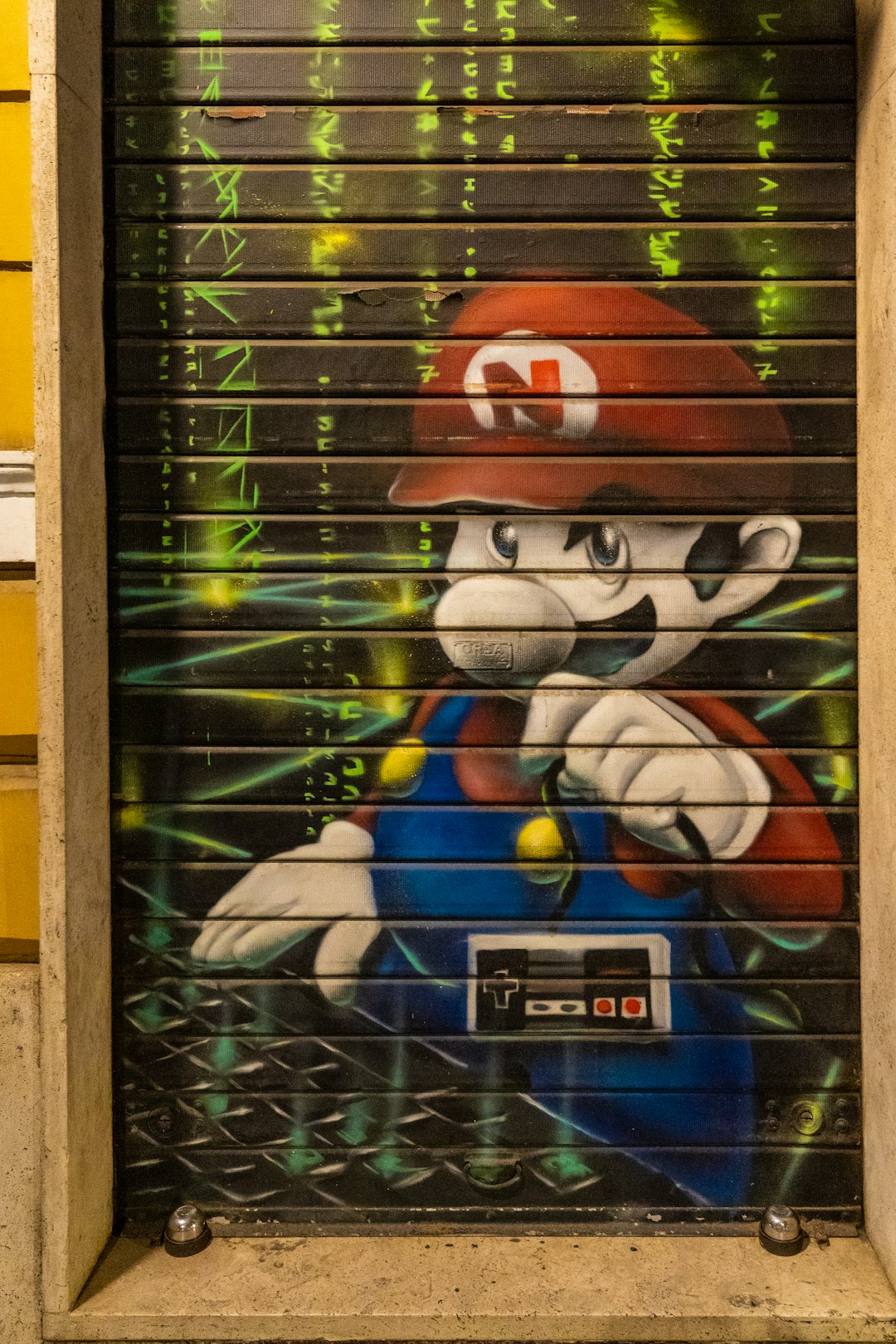Table of Contents
- Introduction
- Signs of water damage in your home
- Checking your water meter for unusual changes
- Listening for sounds of running water
- Monitoring your water bill for unexpected increases
- Conducting visual inspections of plumbing fixtures and pipes
- Using a moisture meter for hidden leak detection
- Identifying common areas for leaks in residential plumbing
- When to contact a plumbing emergency service
- Conclusion
- Frequently Asked Questions
Introduction
Have you ever noticed a sudden increase in your water bill, or perhaps an unexplained damp spot on your wall?
Hidden leaks in your home can cause more than just a slight annoyance; they can lead to significant damage and costly repairs.
In fact, these silent invaders can wreak havoc on your property, turning your peaceful abode into an ongoing battle against water damage.
But how can you uncover these elusive leaks before they escalate into larger issues?
In this article, we will explore practical strategies and expert tips that empower you to detect and address hidden leaks effectively.
From musty odors to unexpected spikes in your utility bills, we’ll help you identify the signs that something isn’t quite right.
Don’t let your home suffer in silence.
Join us as we dive into the world of leak detection and equip yourself with the knowledge to keep your home safe and sound.
Signs of water damage in your home
Signs of water damage in your home can often be subtle yet telling indicators of a hidden leak. One of the most noticeable signs is discoloration on walls or ceilings, which can manifest as yellow or brown stains. These stains often suggest that water has infiltrated the building materials, leading to potential structural issues.
Another sign to watch for is peeling paint or wallpaper, which can occur when moisture seeps beneath the surface, causing the adhesive to break down. Additionally, if you notice a musty odor or an increase in mold or mildew growth, it may indicate that excessive moisture is present in the environment.
Other physical signs include warped flooring or tiles, which can result from prolonged exposure to water. If you find that your water bill has inexplicably spiked, this could also be a strong indication of a hidden leak somewhere in your plumbing system. Regularly inspecting these areas can help homeowners catch potential water damage early, preventing more extensive repairs in the future.
Checking your water meter for unusual changes
One of the most effective ways to detect hidden leaks in your plumbing system is by checking your water meter for unusual changes.
Begin by ensuring that all faucets and appliances using water are turned off. Once everything is off, take a reading of your water meter. Note the numbers displayed and wait for a few hours without using any water. After this period, check the meter again.
If the meter has advanced despite no water usage, it may indicate a hidden leak within your plumbing. It is essential to pay attention to the specifics of your meter. Some meters have a small leak indicator, which can help you identify even minor leaks.
Additionally, if the water meter is digital, it may give precise readings, making it easier to track unexpected changes. Regularly monitoring your water meter can help you save money on water bills and prevent potential water damage to your property.
Listening for sounds of running water
Listening for sounds of running water is an effective way to detect hidden leaks in your home. Often, these leaks can go unnoticed, leading to water damage and increased utility bills. Start by turning off all faucets and appliances that use water, including dishwashers and washing machines. Once everything is off, spend a few moments in a quiet area of your home, ideally near the plumbing, to listen closely.
Common signs of a leak include the sound of dripping or continuous running water. If you hear water but cannot determine its source, it may be coming from hidden plumbing within walls or floors. Pay attention to unusual noises that can indicate water pooling or running through pipes. In addition, consider checking your water meter; if it continues to move while all water sources are turned off, it could signal a leak.
By actively listening for these sounds, you can catch potential leaks early, preventing more significant issues down the road.
Monitoring your water bill for unexpected increases
Monitoring your water bill is a crucial step in identifying potential hidden leaks in your home. Water bills typically fluctuate based on your usage patterns, but unexpected increases can be a clear indicator that something is amiss.
Start by reviewing your previous bills to establish a baseline for your water usage. If you notice a spike in your bill that doesn’t correlate with an increase in water consumption, it may signal a hidden leak.
To get a clearer picture, consider taking monthly readings of your water meter. This can help you identify any sudden changes in your water consumption that could point to a leak.
Additionally, keep an eye out for unusual changes in your daily routine, such as frequent wet spots in your yard, or unusually high moisture levels in your home. These signs can accompany rising water bills, confirming the presence of an undiscovered leak.
By staying vigilant and regularly monitoring your water bill, you can catch leaks early and prevent further damage and unnecessary costs.
Conducting visual inspections of plumbing fixtures and pipes
Detecting hidden leaks often begins with conducting visual inspections of plumbing fixtures and pipes throughout your home. Start by examining visible plumbing fixtures, such as sinks, toilets, and bathtubs, for any signs of moisture or water stains. Look for discoloration, peeling paint, or warped material, which may indicate a leak. Pay close attention to the area around the base of toilets, as leaks here can go unnoticed for a long time.
Next, check the exposed pipes under sinks and in basements or crawl spaces. Look for condensation, rust, or puddles forming around the joints and connections. If you notice any damp spots, these could be signs of a hidden leak.
In addition, inspect fixtures like washing machines and dishwashers, ensuring hoses and connections are secure and free from cracks. Even the smallest leak can lead to significant damage over time, so it’s crucial to stay vigilant. Performing visual inspections regularly can help identify leaks before they escalate into more costly repairs.
Using a moisture meter for hidden leak detection
Using a moisture meter for hidden leak detection is an effective method to identify potential issues before they escalate into severe problems. Moisture meters are tools designed to measure the moisture content in various materials, including wood, drywall, and concrete. By checking the moisture levels in these materials, you can pinpoint areas where water may have infiltrated, suggesting the presence of a leak.
To use a moisture meter, start by selecting the appropriate settings based on the material you are testing. Gently press the meter’s probes into the surface to obtain a reading. A moisture content above the normal range indicates a potential leak. Regularly checking areas prone to leaks, such as basements, kitchens, and bathrooms, can help you catch issues early.
Additionally, some moisture meters offer features like pinless scanning, allowing you to detect moisture without causing any damage to surfaces. This non-invasive approach makes it easier to inspect hard-to-reach areas, providing a comprehensive understanding of moisture levels in your home.
Identifying common areas for leaks in residential plumbing
Identifying common areas for leaks in residential plumbing is crucial for maintaining a safe and efficient home. One of the primary locations to check is under sinks, where connections may become loose or fittings can wear out over time.
Another common area is around toilets, as the wax seal can degrade and lead to leaks. It is important to inspect the floor around toilets regularly for moisture or stains.
Additionally, look for leaks in exposed pipes in basements or crawl spaces; condensation can also indicate a more serious issue.
Other areas to examine include showerheads and faucets, where worn washers and seals may cause dripping.
Don’t overlook your water heater, as age can lead to leaks in the tank or connections.
Finally, check your washing machine hoses, as they can bulge, crack, or develop leaks over time. Being proactive in identifying these areas can prevent larger and more costly repairs down the line.
When to contact a plumbing emergency service
Identifying the right time to contact a plumbing emergency service is crucial to avoiding extensive damage and costly repairs. If you notice any signs of a leak, such as water stains on ceilings or walls, musty odors, or unexpected increases in your water bill, it’s time to take action. In addition, if you hear the sound of running water when all fixtures are turned off, this could indicate a hidden leak that needs immediate attention.
Another critical scenario is if you experience a sudden loss of water pressure or discover a burst pipe. These situations can quickly escalate and cause significant water damage to your property. Additionally, if you see pooling water around your foundation or in your yard, it may signal a leak in your main line that requires professional evaluation.
Lastly, don’t hesitate to contact an emergency plumber if you notice sewage backups or plumbing fixtures overflowing, as these can lead to unsanitary conditions and pose health risks. Prompt action can make all the difference in preventing extensive damage.
Conclusion
In conclusion, identifying hidden leaks in your home is essential for maintaining the integrity of your living space and preventing extensive damage. By being vigilant and utilizing the techniques outlined in this article, such as monitoring your water bill, conducting visual inspections, and using moisture meters, you can catch leaks early and save yourself from costly repairs. Remember, if you detect any signs of a hidden leak, don’t hesitate to take action. Contacting a professional plumbing service can provide you with peace of mind and swift solutions to any plumbing issues you may face. For prompt and reliable assistance, call 573-555-2121 today and ensure your home remains safe and leak-free.




